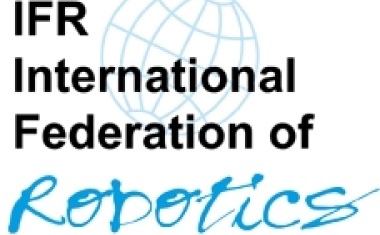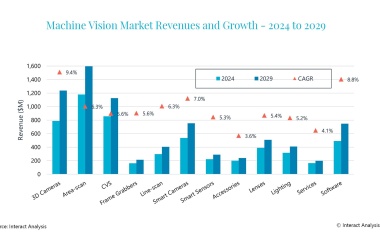Chromatic photon effect for quantum networks
A novel photonic interference effect could pave the way to large-scale controllable quantum systems.
It's another step on the road to developing quantum information processing applications. A key experiment succeeded in going beyond the previously defined limits for photon applications. Anahita Khodadad Kashi and Michael Kues from the Institute of Photonics and the Cluster of Excellence PhoenixD at Leibniz University Hannover have demonstrated a novel interference effect. The scientists have thus shown that new colour-coded photonic networks can be tapped, and the number of photons involved can be scaled.

“This discovery could enable new benchmarks in quantum communication, computational operations of quantum computers as well as quantum measurement techniques and is feasible with existing optical telecommunication infrastructure,” says Kues. The decisive experiment was successfully performed in the newly established Quantum Photonics Laboratory (QPL) of the Institute of Photonics and the Hannover Centre for Optical Technologies at Leibniz University Hannover. Anahita Khodadad Kashi succeeded in quantum-mechanically interfering independently generated pure photons with different colours, i.e. frequencies. Khodadad Kashi detected a Hong-Ou-Mandel effect.
Hong-Ou-Mandel interference is a fundamental effect of quantum optics that forms the basis for many quantum information processing applications – from quantum computing to quantum metrology. The effect describes how two photons behave when they collide on a spatial beam splitter and explains the phenomenon of quantum mechanical interference. The researchers have now realised a frequency beamsplitter using telecommunications components and demonstrate the Hong-Ou-Mandel effect for the first time between two independently generated photons in the frequency domain.
In contrast to other dimensions, such as the polarization or the photon's position, the frequency is much less susceptible to interference. “Our approach allows flexible configurability and access to high-dimensional systems, which may lead to large-scale controllable quantum systems in the future,” says Kues. This two-photon interference phenomenon can serve as a foundation for a quantum internet, non-classical communication and quantum computers. In other words, the results could be used for frequency-based quantum networks. Another notable feature of the new discovery is that this increase in performance could be used with existing infrastructure, i.e. standard fibre optic connections for connecting to the internet. The use of quantum technologies at home could thus theoretically be made possible in the future.
“I was very pleased that our experiment was able to demonstrate the Hong-Ou-Mandel effect in the frequency domain,” says Khodadad Kashi. In the future, Kashi and Kues will continue their research on the topic of spectral Hong-Ou-Mandel interference. “I would like to extend the current experiment to exploit the demonstrated effect for quantum information processing,” says Khodadad Kashi. (Source: U. Hannover)
Link: Cluster of Excellence PhoenixD, Leibniz University Hannover, Hannover, Germany











